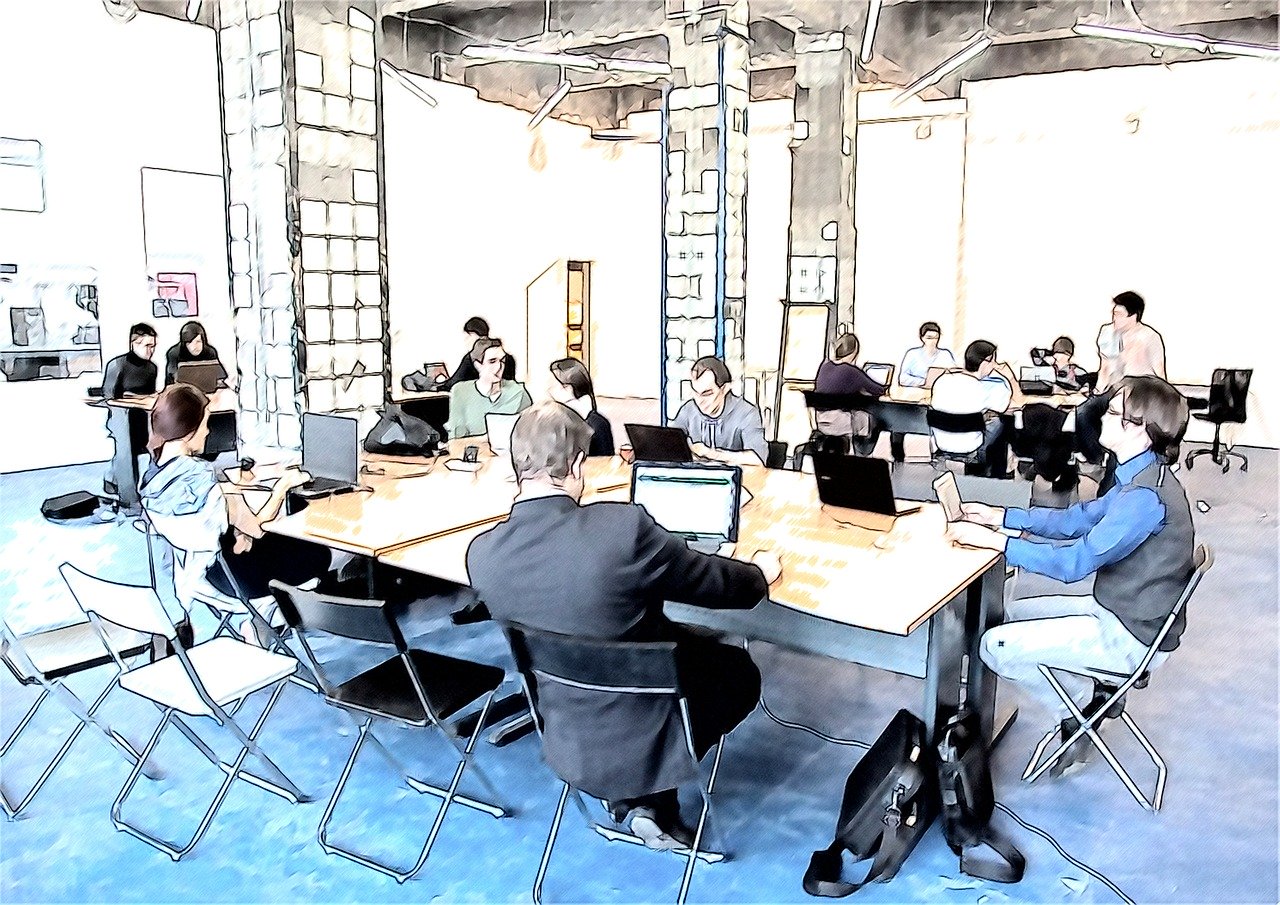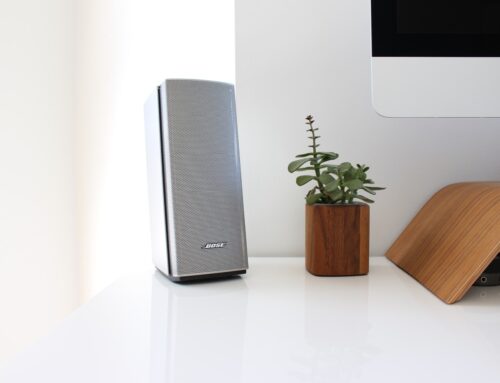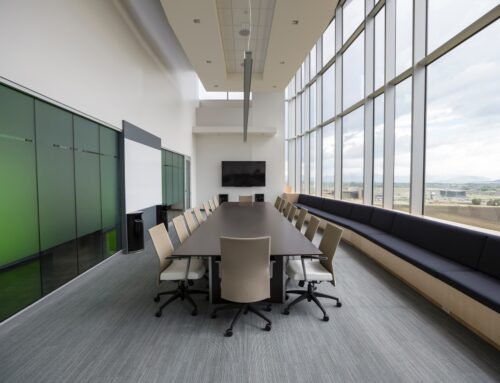Modern organizations are more employee-centric than ever before, and with fast-paced changes to how and why people work, it’s no wonder. 50 years ago, the average person would likely work for just one or two companies their entire life.
Today, the average person will work for 12 or more. Plus, with flex, gig, and freelance work becoming more common, many simply move on whenever they no longer feel challenged, appreciated, or welcome in an environment.
This has led organizations to scramble to offer perks and benefits to employees, with organizations like Google offering perks like massages, transit, and meals.
At the same time, studies show most organizational efforts to offer perks to employee’s flop in one way or another. They go unused, aren’t appreciated, or fail to solve real problems faced by staff, therefore failing to provide any real motivation, improvement, or incentive.
Here, organizations can step back to look at what they’re offering, how it benefits the employee, and what value it adds. Many are beginning to reinvest money into other options to improve the workplace, such as better tooling, automation, and better environments.
But which offers more value? In most cases, it depends and, in some cases, one supports the other.
Benefits Do Matter
Employee benefits are extremely helpful for increasing employee satisfaction, reducing turnover, and boosting productivity.
But, it largely depends on what benefits you’re offering. Here, perks like gyms, wellness, and health tools offer little to improve everyday experience.
A survey by Harvard Business Review showed that employees appreciate perks like clean air, light, personal control over workspaces, transit, meals, and productive tooling.
What does that look like in an office?
1) A Comfortable Working Environment
Most people spend 8 or more hours, 5 days a week in an office. It’s important that they can work comfortably and in an enjoyable environment. For most people, this means having windows, natural light, exposure to the outdoors or to plants, and temperature control.
While some of these factors are naturally easier to offer than others, each will add to the total work experience because people are happier in an environment they find pleasant or comfortable.
2) Flex Work Opportunities
Flex work is one of the fastest growing work trends, because it allows employers to “magnanimously” offer a considerable amount of freedom to employees without really losing anything themselves.
Most organizations will have to invest in laptops for employees who want to work from home, webcams to enable video conferencing for greater flexibility, and in IT investments like VPN and remote networks so people can work from home, but otherwise, flex work is relatively low cost.
Flex work essentially allows employees to decide when, where, and how to work within certain guidelines (such as, be here for meetings on Mondays), giving them the freedom to be where they want or need to be.
This can enable an individual to take on responsibilities like taking kids home from school and staying in the home with them without quitting their job or working less. Instead, they’ll leave home 2 hours sooner, pick kids up, and then finish work from home.
Most importantly, these benefits have real business impact. Only 38% of companies currently allow flex work (2019), but 85% of those that do say that flex work dramatically increases productivity, by as much as 20%. Employees have a similar opinion, stating that flex work is one of the most important perks they get from their job.
3) Saving Benefits
Any benefit that reduces time or money spent on going to work is one that will dramatically improve someone’s work life. Here, perks like transit compensation and meal provision are among the most common, but items like daycare services are equally popular. These initiatives are often very expensive, but can pay off through happier, more productive employees.
Increasing Productivity with Tooling
Spending money to improve the workplace is not complete without ensuring that employees can work as efficiently and comfortably as possible.
Here, providing the best tooling to complete work is often a huge consideration, and one that many miss.
Tools like quality laptops and computers, good networks and infrastructure, easy to use printers, and modern and efficient tooling is essential to creating a workplace where people like to work.
1) Devices
Most people don’t need state-of-the-art or top-of-the-line devices. What they do need is functional, user-friendly devices including computers, conferencing tools, printers, servers, and the like that meet or exceed their needs.
In some cases, this means reviewing existing tooling to see if it’s meeting needs. In any case where tools like computers and printers are causing frustration, they’re likely slowing work and reducing productivity.
2) Networks
Networks impact work as well as support functions like documentation, data storage, customer service, calling, and much more. It’s crucial that these networks function seamlessly.
In any case where networks bottleneck, go offline, or don’t function as intended, they are a point of frustration and difficulty. This is crucial if issues are at a level where they are considered to be problematic, but you likely want to pay attention if they are causing any bottlenecks at all.
3) Software
Here, it’s always important to ask people what they want and why and to listen. If people don’t like the tools they are using, it’s important to understand why and how you can fix it. For example, some tooling conflicts arise simply because of access management issues or compatibility issues.
Ideally, tooling offers automation for manual tasks, integrates processes as part of the tool, and makes it as simple as possible for employees to do the work they’ve been hired to do. In some cases, gaps will result from tooling inefficiencies and you can upgrade to greatly improve employee satisfaction. In other cases, issues might arise because employees don’t actually know how to use their tools, so you can offer workshops and training for the same effect. What’s important? Making sure employees have the tools to do their job in an efficient way will improve job satisfaction as well as productivity.
Employee happiness typically stems from having a workplace that’s efficient, comfortable, and collaborative. In most cases, that means offering a combination of benefits and quality tooling, ensuring that infrastructure is in place to support work, and making it easy for people to work in ways that better suit their lifestyle or home needs.




